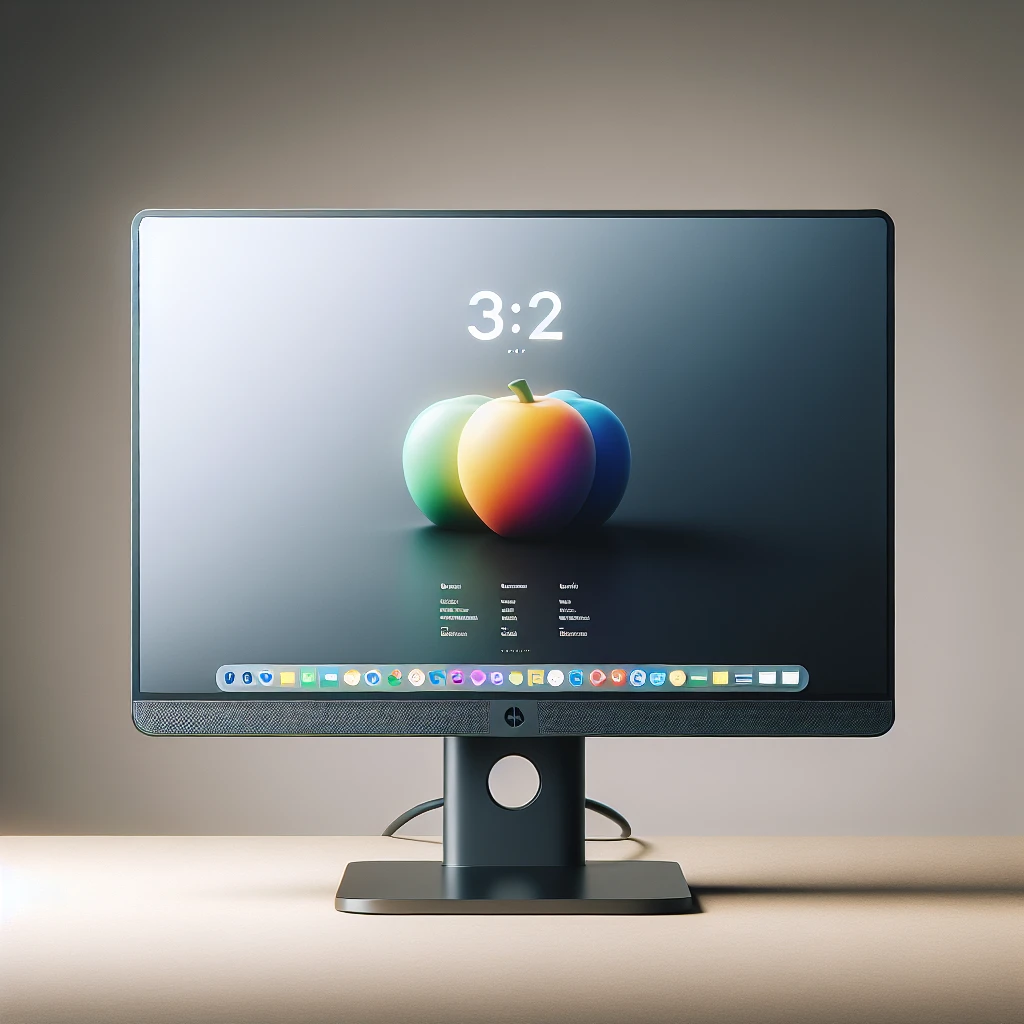In the evolving landscape of technology, the integration of multiple functionalities into a single device is both a trend and a necessity. One such advancement is the incorporation of USB hubs into LCD monitors. This feature not only addresses the clutter of cables but also enhances productivity by minimizing the need for additional peripheral hardware. But how prevalent are these monitors, and what benefits do they offer? This article delves into the availability, advantages, and popular models of LCD monitors with built-in USB hubs.
Table of Contents
- Availability of LCD Monitors with Built-in USB Hubs
- Benefits of LCD Monitors with USB Hubs
- Key Considerations When Selecting a Monitor
- Popular LCD Monitors with Built-in USB Hubs
- Conclusion
Availability of LCD Monitors with Built-in USB Hubs
The market for LCD monitors with built-in USB hubs has seen significant growth in recent years. Many manufacturers now offer models that include this feature, making it easier for users to manage multiple USB devices without the need for additional hubs or docking stations.
The following table provides a snapshot of some of the leading brands and their offerings:
| Brand | Model | Screen Size | USB Ports |
|---|---|---|---|
| Dell | U2720Q | 27 inches | 4 x USB 3.0 |
| HP | Z27 | 27 inches | 3 x USB 3.0 |
| LG | 27UK850-W | 27 inches | 2 x USB 3.0 |
| ASUS | ProArt PA32UCX | 32 inches | 3 x USB 3.0 |
Benefits of LCD Monitors with USB Hubs
1. Reduced Cable Clutter
Having a built-in USB hub in your monitor significantly reduces the clutter of cables that typically accompany an extensive setup. This leads to a cleaner workspace, which can directly boost productivity and reduce stress.
2. Enhanced Accessibility
With USB ports directly on the monitor, access becomes more straightforward, eliminating the need to reach under desks or around large systems to connect or disconnect devices.
3. Increased Efficiency
These monitors often include high-speed USB 3.0 ports, ensuring fast data transfer rates and efficient power supply to connected peripherals, such as external hard drives or smartphones.
4. Simplified Workstations
For individuals working with multiple devices like keyboards, mice, webcams, and external storage, a built-in USB hub simplifies the overall workstation arrangement and connectivity.
Key Considerations When Selecting a Monitor
While the advantages are numerous, several factors should be considered when selecting an LCD monitor with a built-in USB hub.
1. Number of USB Ports
Assess how many devices you need to connect regularly. Monitors vary significantly in the number of available USB ports.
2. Port Type
While USB 3.0 ports are common, some monitors may offer USB-C ports, which provide faster data transfer and the ability to charge devices more efficiently.
3. Monitor Quality
The primary purpose of the monitor should not be overshadowed. Ensure it meets your screen resolution, color accuracy, and refresh rate requirements.
4. Additional Features
Consider if you need other advanced features such as built-in speakers, adjustable stands, or specific ergonomic designs.
Popular LCD Monitors with Built-in USB Hubs
Let’s take a closer look at some of the most popular LCD monitors that come equipped with built-in USB hubs:
Dell UltraSharp U2720Q
This 27-inch 4K monitor is well-known for its exceptional color accuracy, making it a top choice for creative professionals. It includes 4 USB 3.0 ports, which accommodate various peripheral devices effortlessly.
HP Z27
The HP Z27 offers a sleek design and strong performance with UHD resolution. It includes 3 USB 3.0 ports and is often favored for business and professional settings.
LG 27UK850-W
This model supports 4K resolution and HDR10, making it ideal for both work and entertainment. It features 2 USB 3.0 ports and one USB-C port, which can also deliver power.
ASUS ProArt PA32UCX
The 32-inch 4K HDR monitor from ASUS is tailored for content creators, offering supreme color accuracy and a host of professional features. It provides 3 USB 3.0 ports and extensive connectivity options.
Conclusion
LCD monitors with built-in USB hubs offer substantial benefits, from reduced cable clutter and enhanced accessibility to increased efficiency and simplified workstations. When choosing such a monitor, carefully consider the number and type of USB ports, monitor quality, and any additional features that align with your specific needs. As technology advances, these multifunctional devices will likely become even more integral to productive, streamlined work environments.

